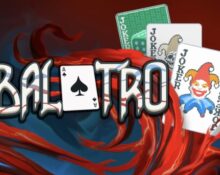Indie games emerge from the creative visions of individual developers or small teams, unconstrained by the directives of large publishers. This sector thrives on freedom, allowing for an exploration of unique concepts in gameplay and storytelling. Spanning various genres, indie games often introduce players to innovative mechanics and narrative paths not commonly found in mainstream titles. The development process is marked by resourcefulness, leveraging open-source tools and digital platforms for both creation and distribution.
Crafting and Sharing
These games are developed with more modest resources compared to their mainstream counterparts, relying on ingenuity in design and marketing. Distribution channels such as Steam and Itch.io are crucial, providing a platform for indie games to reach a broad audience. Developers may also utilize crowdfunding to support their projects, engaging with potential players early in the development process.
The relationship between indie developers and their audience is characterized by direct communication. Feedback from players via forums, social media, and beta testing plays a significant role in the iterative development of indie games. This ongoing dialogue allows for adjustments and enhancements, making the community a key stakeholder in the game’s evolution.
Looking Forward
Innovation continues to shape the indie game landscape, with emerging technologies like VR offering new canvases for expression. Financing models such as Kickstarter campaigns and early access releases on digital platforms help mitigate financial risks. As tools become more accessible and distribution channels widen, the indie sector is poised for continued growth, promising an ever-expanding library of unique gaming experiences.
Indie gaming stands as a dynamic and evolving component of the digital entertainment industry, driven by creativity and community engagement. It represents a thriving culture of experimentation, set to push the boundaries of interactive storytelling and gameplay further.









